Source: Popular Mechanics December 1909
When a bald fellow had got fed up with rubbing lotions on his scalp or taking bullocks’ blood supplements, it was time to go for something more drastic – a vacuum cap.
An early form of this device was invented in New York in 1898 by Claude O. Rosell. The cap, which he dubbed the ‘Capillary Chalice’, took its inspiration from the ancient surgical practice of cupping. By using suction to draw blood into the scalp, the rubber device was intended to stimulate the circulation of blood and to loosen the scalp from the skull.
‘When the scalp has thus been loosened,’ read the patent, ‘it ceases to impede the normal circulation of the blood among the roots of the hair, and as a consequence there is a proliferation of cells and a new formation of blood vessels.’
It reminds me of one of those hopper popper toys from the 80s, and I imagine it coming unstuck and pinging off into the atmosphere, to the wearer’s disgruntlement. To prevent air getting in around the edges, the cap had to be coated with a suitable substance such as cold cream, petroleum jelly or beeswax, and Rosell also suggested that if desired, the patient could first apply diluted formaldehyde to the scalp as an antiseptic. The invention was versatile and could be used to provide a cupping action to other parts of the body – the biggest size available (6”) was also recommended as a breast enlarger.
A year later, another inventor, Frederick Watkins Evans, had improved upon the idea by incorporating a tube that the user could either connect up to a vacuum pump or simply put in his mouth and suck.
The inventions proliferated and within a few years had become solid bell-like structures with a rubber seal around the base.
In 1904, Napoleon W. Dible recognised that there was a problem with the devices then on the market – the patient’s whole head tended to get sucked up into the cap, uncomfortably stretching his neck. To alleviate this objectionable feature, Dible’s invention contained an internal support that pressed on the scalp, keeping the patient down. Dible’s cap had a greater volume inside than the earlier versions, and the tube shown on the left was to be attached to a pump.
As to their efficacy, it is interesting to note that these devices frequently cropped up for sale second-hand in the classified ads of early 20th-century US newspapers. Either they worked so wonderfully that their owners didn’t need them any more, or – perhaps more likely – they simply sucked.
.
.

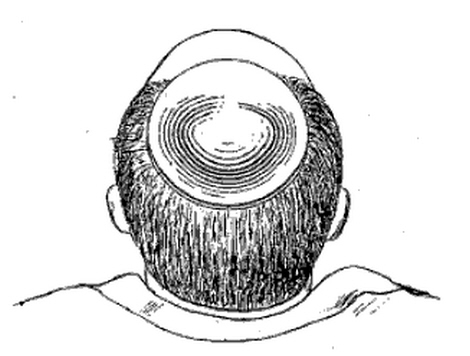
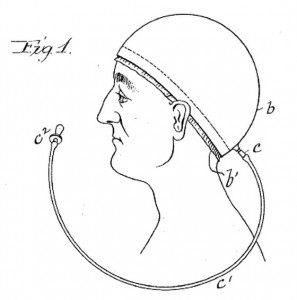
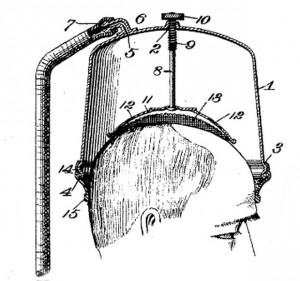
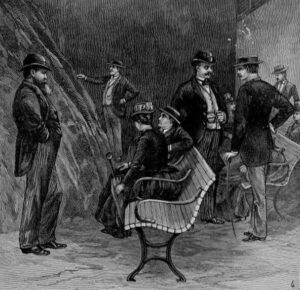

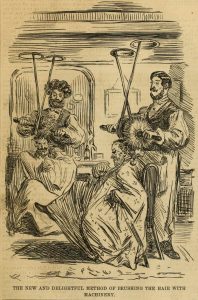
One thought on “You Needn’t be Bald”
Comments are closed.